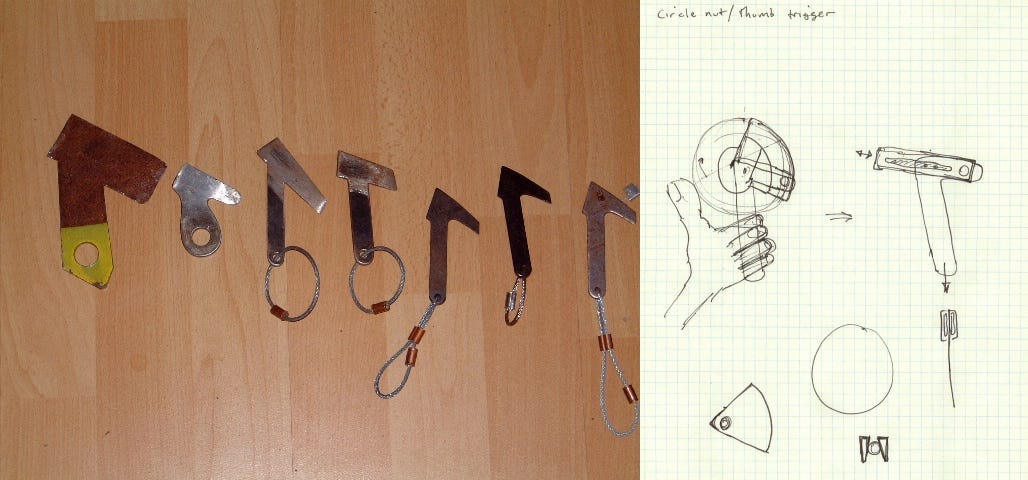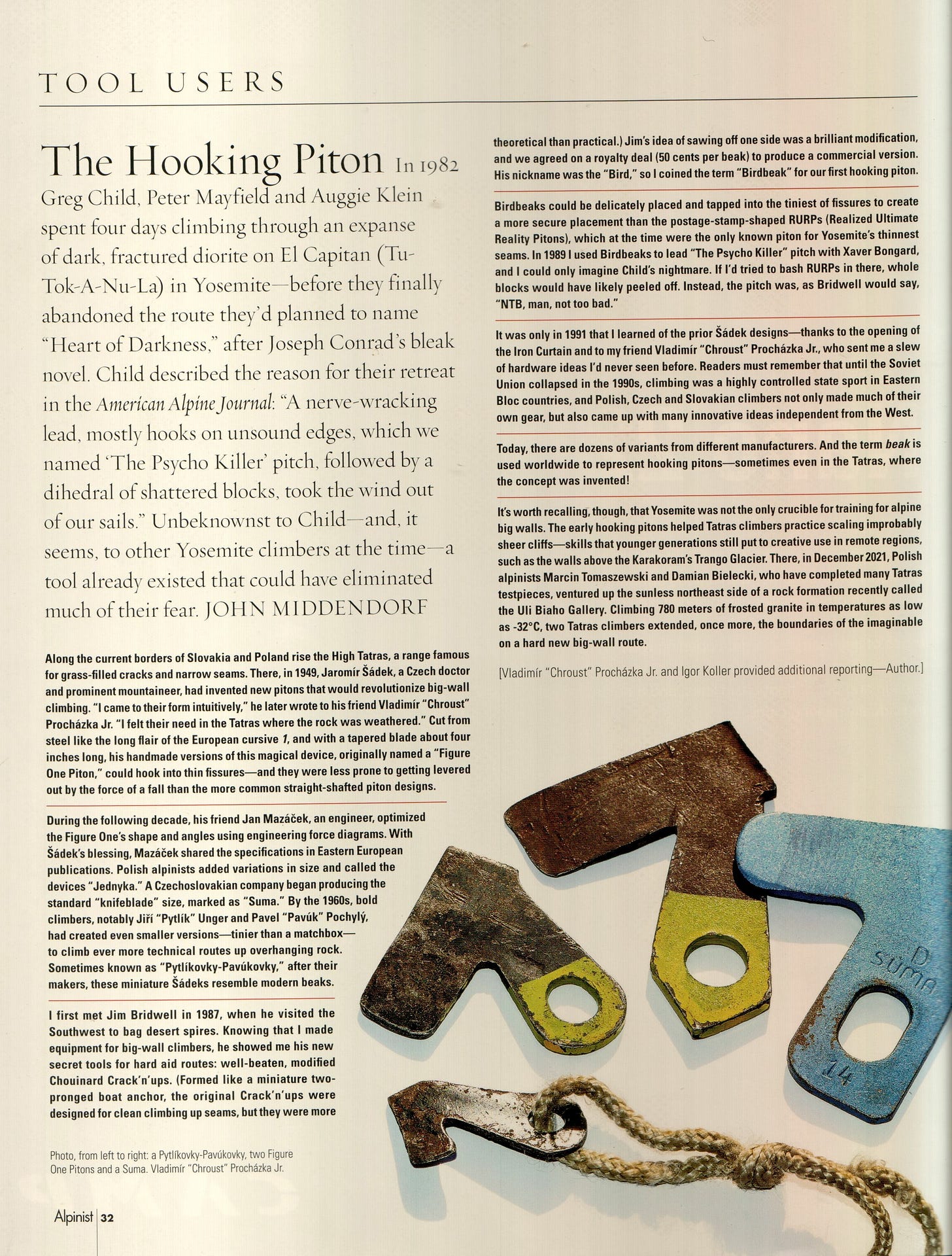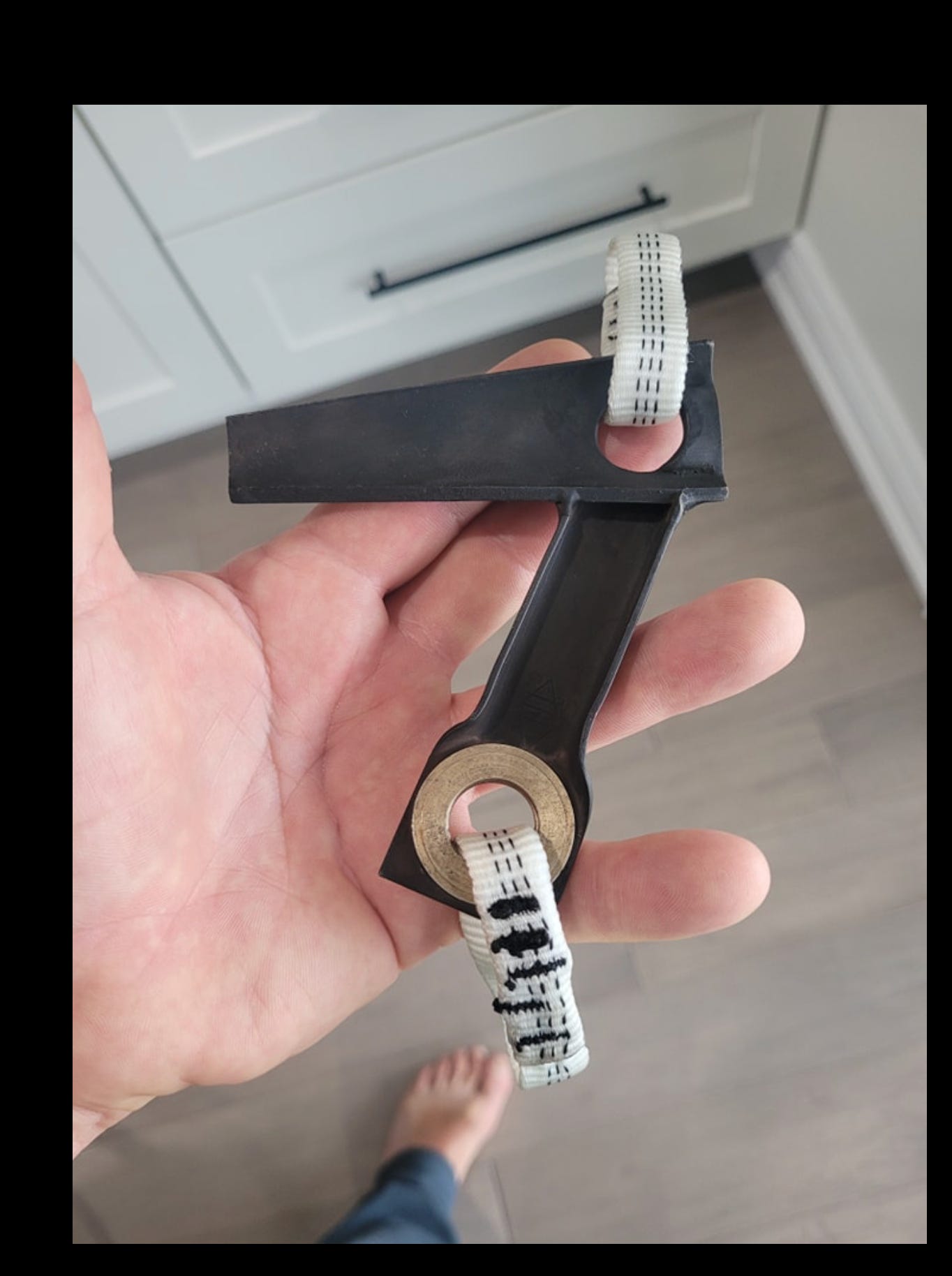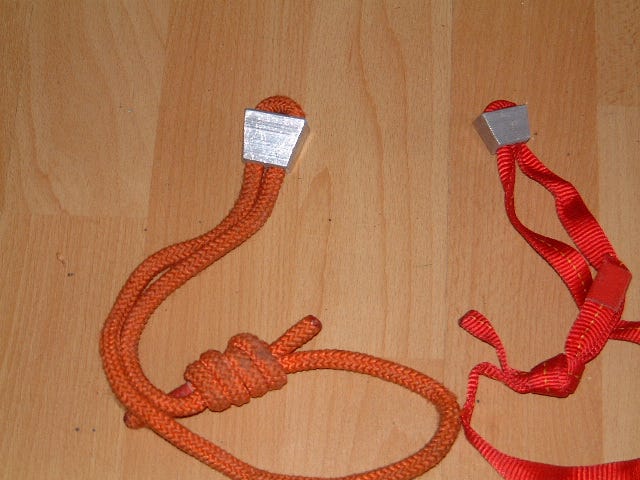Birdbeaks
Mechanical Advantage Series by John Middendorf
Buy the books here:
Volume 1: (mostly) European Tools and Techniques to the 1930s
Volume 2: (mostly) North American Climbing Tools and Techniques to the 1950s
Hooking Pitons
Recently (2022) I had the opportunity to work with Katie Ives, Alpinist editor on a piece on Birdbeaks. It was great to finally give credit where credit was due, as well as tell some of my own stories about bringing beaks to the American market and the sole-provider of these cool little rock tools for quite a few years (in mid90s, a couple other makers starting producing hooking pitons). They really changed the game! Gone were so many crappy alumiheads all over the place where dicey tied-off pins would have sufficed.
Here is the article as published in Alpinist:
Here are some more pics that Vlad sent me of the early beaks, and some archival A5 beak images too:
Beaks in Poland (1950’s)
I wrote to the great alpinist Wojciech Kurtyka from Poland, and received the following:
Hello John
You asked about the birdbeaks piton in Polish climbing tradition. Encouraged by you I asked the Polish excellent aid climber Michał Momatiuk for some hints. He is a precious informer for his father Czesław Momatiuk was the pioneer of Polish aid climbing. So here is very reliable information about the first use and first production of the birdbeaks in Poland: Czeslaw Momatiuk produced them for sure in 1954 and 1955 and used them on the breakthrough aid climbs in Tatra. It was used on the first ascents on Mnich spire on the route called "Variant R" and on Kazalnica wall on "Dlugosz route". Momatiuk remembers stories about his father producing them in 1954?
In general the tradition of birdbeaks use in Poland is quite monumental. The birdbeaks here were always considered the best pitons in history and in the world. I myself was a passionate user of them and teasing American climbers I couldn't understand how you could survive all your crazy aid climbs without birdbeaks. The only explanation was that you must have been geniuses. Sometimes I suppose the history of aid climbing should be devided into two era: before and after birdbeaks.
I considered birdbeaks the most reliable piton on every climb. Starting from eighties I was using the model you can see on the photo (below).
I immediately recognized your name from my old dreams and obsessions connected with Trango Tower. I admired a lot the Norwegian and later your ascent of the east face of Great Trango. This eastern pillar was one of my elusive objectives. It is always a pleasure to receive a signal from old pioneer times.
John, wish you the best. Friendly,
Voytek
(I wrote back to Voytek and told him we were not geniuses, just oblivious to a great idea! Although we got very good at placing dicey tied off stacked pitons as an frequent alternative! Also thanked him for how his route on Trango Nameless with Erhard Loretan was a great inspiration for our climb on Great Trango).

A5 Beaks (1988):


















Hey Duecy, I’m thoroughly enjoying reading all the big wall climbing history you’ve compiled in one place. Great job!
I’ll never forget how much I enjoyed cleaning the Bird Beaks you created and expertly placed after your FA leads on the last pitch of Bird Beak Spire in Zion and on El Cap’s Albatross (leading up to the Canoe). Well placed Beaks are Bomber. Your expert design perfected them indeed!
I’d like to read some history about the evolution of big wall hauling systems.
Another great memory I have regarding “mechanical advantage” was when I first witnessed you demonstrate the “Suicide Haul” below Cast Away Maties Pinnacle. You called “ready to haul” after taking up the slack on the haul line and I let our extremely heavy load free. I was shocked when the haul bags literally shot up the wall and you flew down wearing a full double rack of gear. The light bulb went on when I arrived at the belay and saw how you’d backed everything up.
You’re a brilliant big wall climber and I greatly appreciated your taking me under your wing during those first ascents.
really nice article, John!, thank you! those Czech beaks looks amazing! i guess there are no more available over there, right?